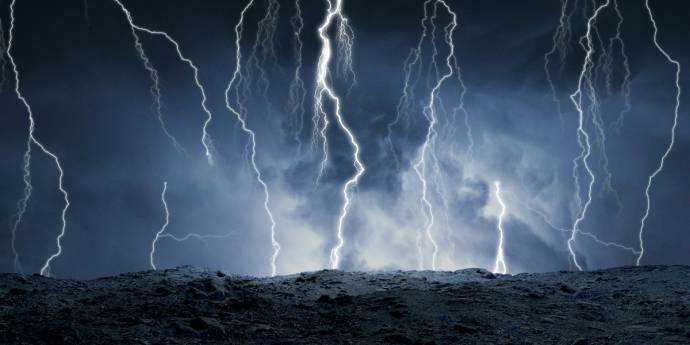Mandatory climate reporting: Experiences from year one of New Zealand's regime
As we prepare for year two of mandatory climate reporting, lessons from the first year highlight areas of both opportunity and challenge.
When anticipating the climate of the future, remember the lessons of Michael J Fox.

It’s not often the 1980s hit movie Back to the Future Part II gets referenced not once, but twice at a governance conference. Alongside Back to the Future Part II, Ridley Scott’s 1982 Blade Runner and the 1993 Demolition Man also got honorary mentions.
So what do these three movies have in common, other than featuring at the inaugural Climate Governance Forum held by the Institute of Directors and Chapter Zero New Zealand? They all (to varying degrees, try to) predict the future.
All looking forward roughly 30 years in the future, each movie had some things “right”, but some things very wrong.
Set in 1985, in Back to the Future Part II they visit 2015 correctly predicting technology like smartwatches, video calling, non-military drones and online payments. However, their predictions of flying cars, dust-repellent paper, self-drying jackets (and the absence of mobile phones) are misses.
Another key achievement of 2015 that the movie missed was the landmark Paris Agreement, which was reached at COP21. For our country, along with every other country that signed up to the Paris Agreement, and by extension all organisations in New Zealand, we agreed to limiting global warming to well below 2 degrees Celsius (while pursuing efforts to limit the increase to 1.5 degrees) and to reduce global emissions to net zero by 2050.
This is already less than 30 years away.
With increasingly frequent and higher-impact weather-related events, plus the underlying changes to the environment, what this means life in 2054 will look like, we don’t know. But we may have already reached some tipping points (environmental thresholds that when crossed trigger significant and often irreversible impacts) and others are close to being crossed, such as bleaching of coral reefs, degradation of the Amazon rainforest and loss of Antarctic ice sheets.
But the writers of Back to the Future Part II were no different to the rest of us. “What these movies tell us, is that as humans we’re terrible at predicting what the future will be,” says KPMG’s Partner Sustainable Value Alec Tang. “In fact, the more knowledge we have on a topic, the worse it can often get as our familiarity with the topic leads to complacency and blind spots that mean we fail to appreciate the nature and extent of potential disruption.”
So how are we predicting life in 2054 when the world is already increasingly volatile, uncertain, complex and ambiguous?
Because of the high degree of uncertainty regarding the warming that our planet will experience in the future, and the speed and scale of the shift to a low-emissions, climate-resilient economy, climate change is a complex risk to manage. “Uncertainty is the new norm,” says Tang. “Our past is no longer a good indicator of what we face in the future. The solutions we’re coming up with need to have a greater range.”
He says that scenario analysis is a useful tool for considering an uncertain future. Traditional risk assessment methods that rely on historical data are unlikely to capture the degree of future change because of the non-stationary nature of climate change and non-linearity of impacts on human and natural systems.
A climate scenario is a plausible and challenging description of how the future may develop. In the Aotearoa New Zealand Climate Standards, climate reporting entities are required to consider their organisations’ future under three separate scenarios – a 1.5˚C climate scenario, a 3˚C or greater climate scenario, and a third scenario.
One of the key values of scenarios is that they don’t lock organisations into a set future. Instead, they require directors to consider a range of equally plausible outcomes, with a focus on supporting organisations to develop their internal capacity to better understand and prepare for the uncertain impacts of climate change. “Our future will be a mixture of the different profiles – it won’t follow any one path we set, so flexibility and adaptability will be critical to the enduring resilience of business models and strategies,” Tang says.
Scenarios require strategic thinking within, and across, organisations to develop an increased understanding of how to build resilience and transform to survive in a climate-changed future.
“Climate risks are special, which means approaching from an opportunity mindset is critical,” says Tang. “If we keep thinking of risks without the opportunities, then we’re on a hiding to nothing.”
Decarbonisation: How can your organisation reduce its fossil fuel emissions?
Transition: What changes does your organisation have to make to survive and thrive post climate change?
Economy-wide transformation: How can your organisation contribute to building the climate-resilient future it will be operating in?